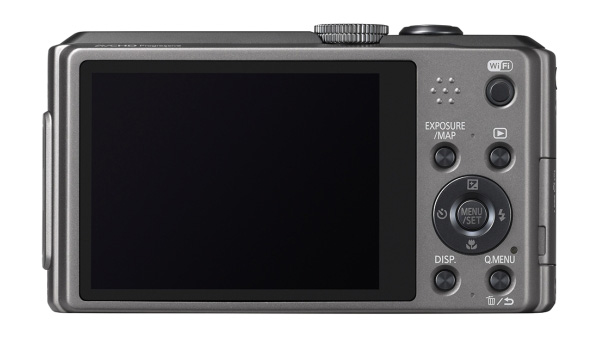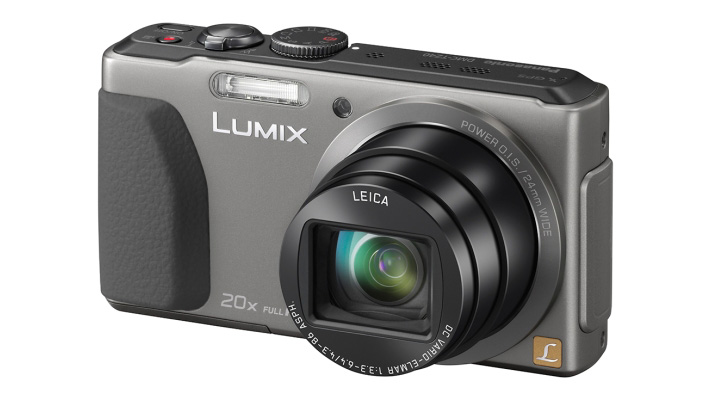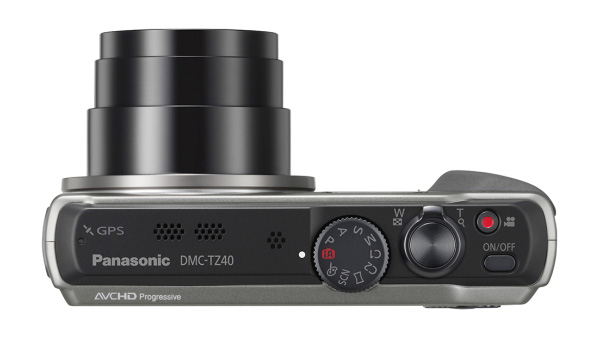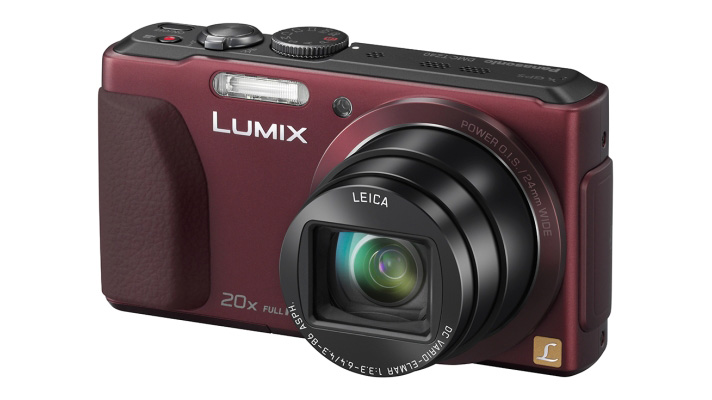Why you can trust TechRadar
In terms of performance, there's not too much to separate the Panasonic TZ40 from its predecessor, or indeed, the Panasonic TZ35. Start-up time is quick, and the benefit of omitting the playback mode is that the camera is always ready to go.
Focusing speeds are fairly impressive, with the camera having the ability to latch onto the subject pretty quickly and generally accurately. Because you can change the autofocus point on the Panasonic TZ40, you've also got better control over your compositions than with the Panasonic TZ35, which is a nice bonus.
When macro shooting is activated, you can get very close to the subject for frame-filling shots. Autofocus is a little slower when using the macro setting, but is still generally accurate. Macro images contain plenty of detail and a good drop off in focus for pleasing shallow depth of field effects.

Although the Panasonic TZ40 performs well in good light, as levels start to drop, the focusing system struggles a little more. Unlike some premium compact cameras, the maximum aperture of the Panasonic TZ40 is f/3.5, meaning it can't quite compete with those equipped with faster lenses.
We've been impressed by the picture quality of the cameras in the Panasonic TZ range, including the new TZ35 and the TZ40's predecessor, the TZ30. Pleasingly, Panasonic has maintained this in the latest model. Images display a good level of detail, great colour and lots of punch.
However, we have found that on occasion, there are examples of image smoothing when viewing images at 100%. Luminance noise is visible in images taken throughout the ISO range, even at lower values, which again is noticeable when zooming to 100%. At normal printing and web sizes, this shouldn't present too much of a problem though.

At high sensitivity settings, such as ISO 1600, there is also noticeable smoothing, which is again less of a problem when viewing the images at normal printing or web sizes.
One of the biggest selling points of the Panasonic TZ series is its extensive focal length range, with both the Panasonic TZ35 and the Panasonic TZ40 offering a 20x optical zoom. Images taken at the furthest reach of the telephoto optic are good, with plenty of detail resolved. You also have the option to use a digital zoom, which is handy for those rare occasions when you need even more reach.
As with the Panasonic TZ35, the Panasonic TZ40's Power OIS (Optical Image Stabilisation) does an excellent job of preventing blur from camera shake when shooting handheld, even when shooting at the furthest reach of the telephoto optic. It has the same 20x optical zoom range of the Panasonic TZ35, giving lots of flexibility for travel photographers.

Anyone familiar with Panasonic's G range of cameras will be at home with the range of digital filters that are available on the Panasonic TZ series. There's a good solid range of filters here, with some being more likeable than others (depending on personal preference). We particularly enjoy Dynamic Monochrome and Cross Process.
Some of the filters are customisable, so you can really experiment with different settings. Of course, one of the downsides of not having the ability to shoot in raw format means that should you decide you don't like the filter further down the line, you're pretty much stuck with it.
Generally speaking, the screen is a good performer. It's bright and clear and provides a good angle of view. If the sun is particularly strong, however, it can be prone to reflections.
It's a resistive touchscreen, which is very responsive and handy for making quick changes, especially to the autofocus point. Unlike the Panasonic TZ35, you can change the autofocus point, simply by tapping the screen.
Current page: Performance
Prev Page Build quality and handling Next Page Image quality and resolutionAmy has been writing about cameras, photography and associated tech since 2009. Amy was once part of the photography testing team for Future Publishing working across TechRadar, Digital Camera, PhotoPlus, N Photo and Photography Week. For her photography, she has won awards and has been exhibited. She often partakes in unusual projects - including one intense year where she used a different camera every single day. Amy is currently the Features Editor at Amateur Photographer magazine, and in her increasingly little spare time works across a number of high-profile publications including Wired, Stuff, Digital Camera World, Expert Reviews, and just a little off-tangent, PetsRadar.

